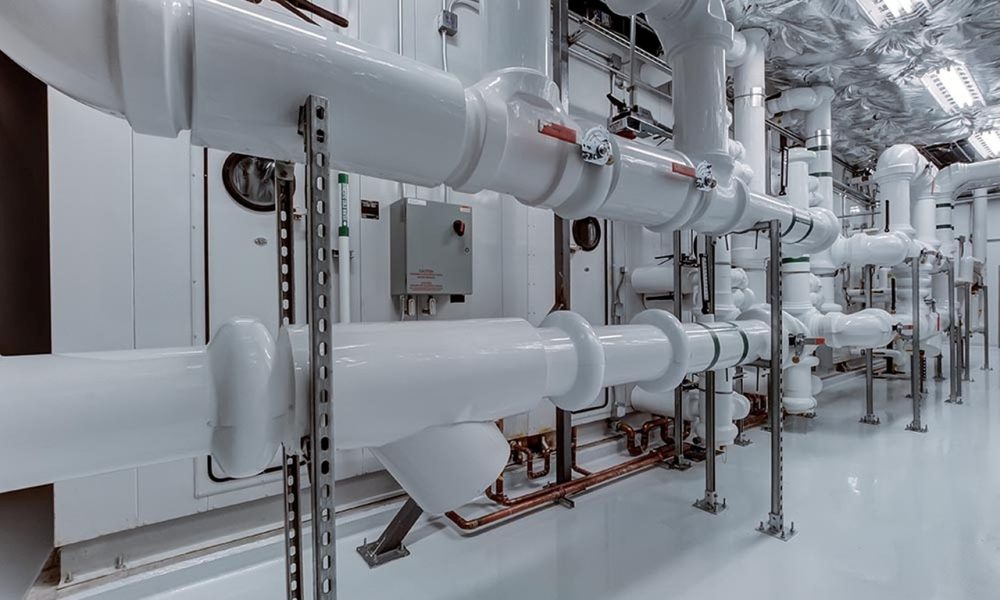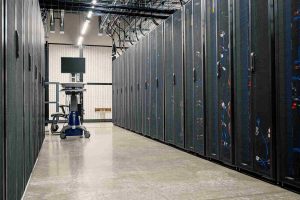Plumbing systems are paramount to any building, whether residential or commercial. A plumbing system guarantees that clean water is delivered to all parts of the building and wastewater is safely dismissed. Nevertheless, not all plumbing systems are made equal.
There are three primary sorts of plumbing systems, and preferring the right one can significantly affect your water usage, energy consumption, and overall comfort. We will explore the three prominent types of plumbing systems and help you choose which suits your requirements.

Types of Plumbing Systems
-
Conventional Plumbing System
The conventional plumbing system, also comprehended as the gravity-fed plumbing system, is the most traditional. This technique draws water from a municipal water supply and is transported to the building via a water main. The water is then stowed in a large storage tank in the attic or basement. From there, the water is distributed throughout the building via a network of pipes.
One of its main edges is that a definitive plumbing system is straightforward and dependable. It is merely to install and uphold and lacks pumps or complicated elements. Nevertheless, this system’s reliance on gravity to disseminate water is one of its prominent drawbacks. This implies that the water pressure may vary, and you can partake in low pressure in some regions of the structure. The enormous storage tank can also bear up a lot of room and cannot operate for smaller buildings.
Also Read: What You Should Know About Water Damage?
-
Pressure-Boosted Plumbing System
The pressure-boosted plumbing system, as the name indicates, is devised to extend water pressure throughout the building. In this technique, a pump is established to rise the pressure of the water as it is yielded from the municipal water supply. The water is then accumulated in a smaller storage tank, generally encountered in the attic or basement, before being dispersed throughout the building via a network of pipes.
One of the primary edges of a pressure-boosted plumbing system is that it furnishes consistent water pressure throughout the building. This indicates you can relish a vigorous and steady water flow in all building parts, even on the top floor. Further, the smaller storage tank brings up less space than the larger tank demanded by a conventional plumbing system. Nevertheless, one of the noteworthy drawbacks of this system is that it requires a pump, which can be deafening and demands maintenance. Besides, the pump devours energy, which can boost your energy bills.
-
Manifold Plumbing System
The manifold plumbing system is a newer sort that has accumulated popularity in recent years. In this system, each fixture in the building has its supply line tied to a central manifold. The manifold is generally located in a mechanical room or basement and distributes the water throughout the building via a network of pipes.
One of the primary advantages of a manifold plumbing system is that it furnishes consistent water pressure throughout the building, parallel to a pressure-boosted plumbing system. Additionally, because each fixture has its supply line, there is no necessity for a storage tank, which can free up valuable space in the building. Furthermore, the manifold system is favorably customizable, making it an ideal choice for buildings with unique plumbing needs. Nevertheless, one of the significant drawbacks of this system is that it can be more expensive to install than a conventional plumbing system. Additionally, because more pipes and fittings are required, there is a higher risk of leaks or other plumbing issues.
Also Read: Is It Worth Getting Blue Light Glasses?
Which Plumbing System is Right for You?
Favoring the suitable plumbing system for your building leans on several aspects, including your water usage needs, energy consumption goals, and budget. If you are scrutinizing a simple, reliable plumbing system and have enough space for a large storage tank, a conventional plumbing system may be the right choice. If you are concerned about consistent water pressure throughout the building and have limited space for a storage tank, a pressure-boosted plumbing system may be a better choice.
A manifold plumbing system may be the best alternative if you scrutinize a customizable system that adapts to your plumbing requirements. Nevertheless, installation may be more expensive and require more maintenance than a conventional or pressure-boosted system.
It is also essential to consider the environmental impact of your plumbing system. A pressure-boosted plumbing system eradicates more energy than a conventional one, while a manifold plumbing system may require more materials and resources to install. Regard each design’s long-term costs and benefits in terms of your budget and the environment.
Plumbing systems are paramount for any building, and choosing the right one can particularly affect your comfort and energy consumption. There are three main types of plumbing systems: conventional, pressure-boosted, and manifold. Each has advantages and disadvantages, and selecting the right one depends on several factors, including your water usage requirements, energy consumption goals, and budget. Regard all of these factors carefully before making a decision, and consult with a professional plumber if you have any questions or concerns. You can learn more about Sarkinen Plumbing here.











+ There are no comments
Add yours